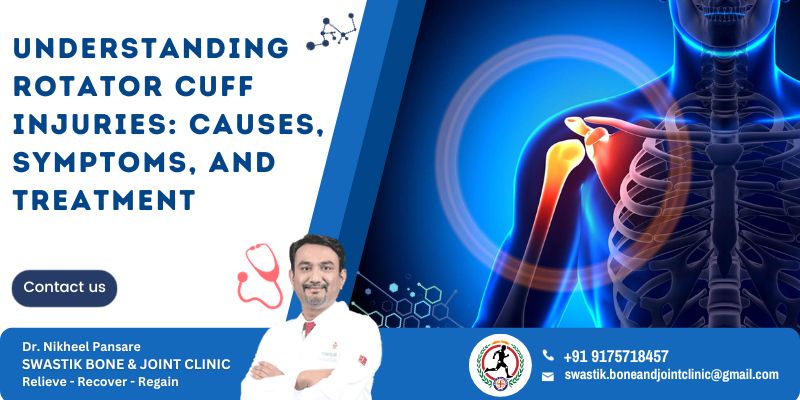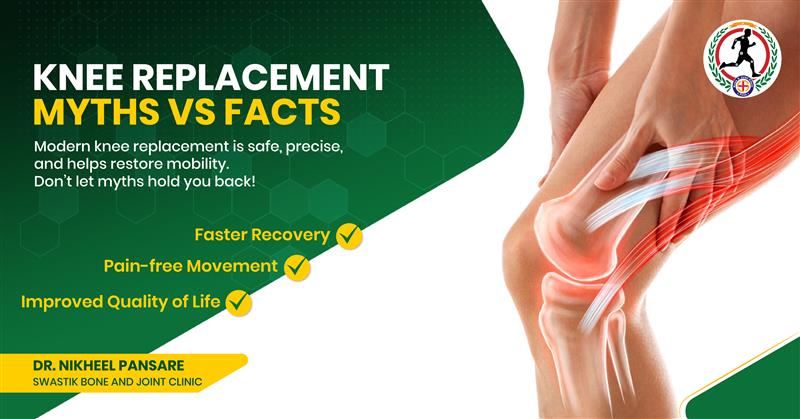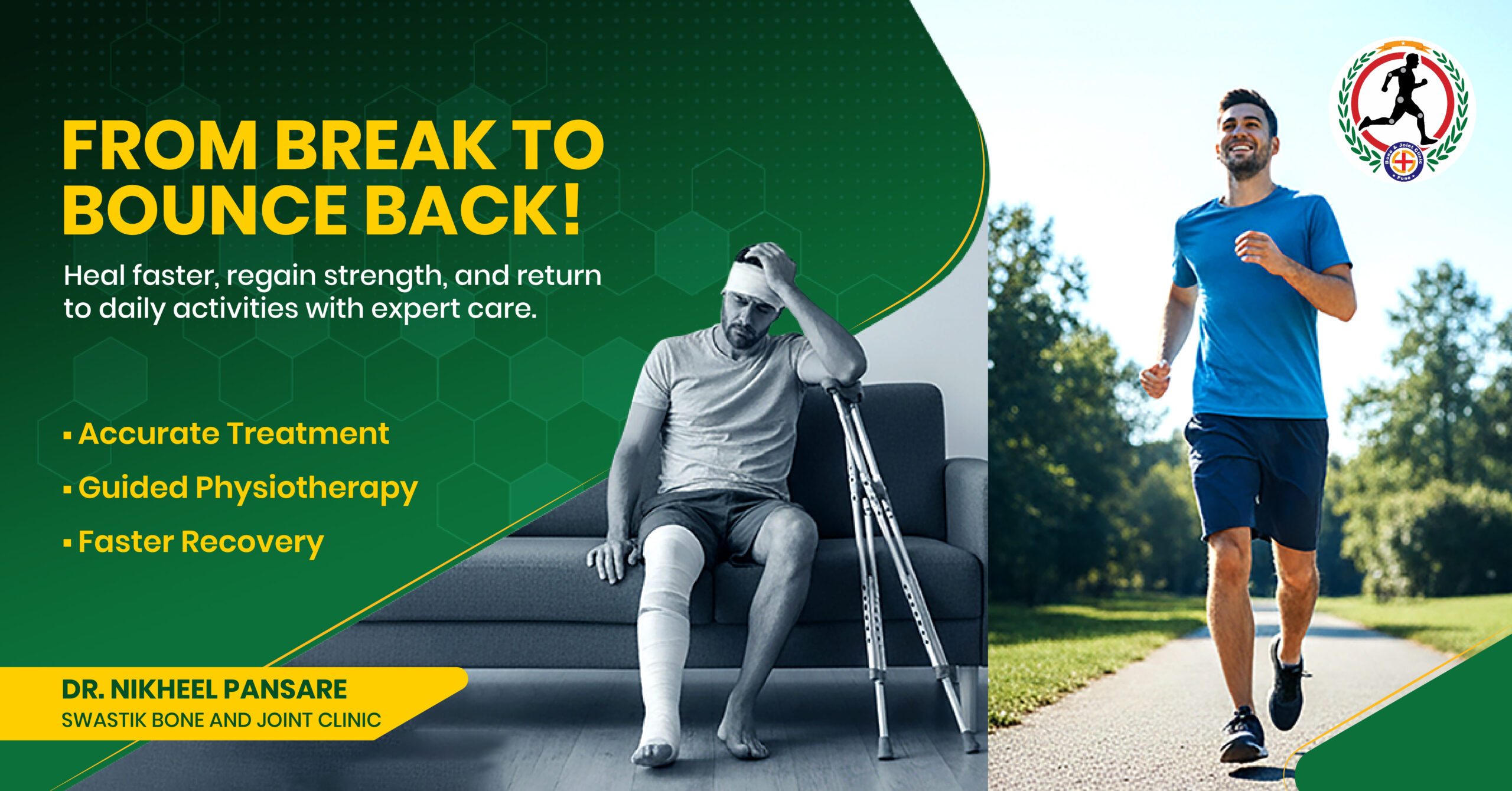The shoulder joint, with its intricate network of bones, muscles, and ligaments, is one of the most mobile and versatile joints in the body. However, this remarkable range of motion comes at a cost, making the shoulder susceptible to instability. Shoulder instability, a condition characterized by excessive laxity or looseness of the ligaments that support the shoulder joint, can lead to a cascade of complications if left untreated.
Repetitive overhead activities: Overhead sports like tennis, volleyball, and swimming can put repetitive stress on the shoulder joint, leading to ligament laxity.
Trauma: Sudden injuries, such as falls or dislocations, can cause direct damage to the ligaments.
Genetic predisposition: Some individuals may have a genetic predisposition to ligament laxity, making them more susceptible to shoulder instability.
Recurrent dislocations: Once a shoulder dislocates, it becomes more prone to recurring dislocations, each increasing the risk of joint damage and instability.
Cartilage damage: Excessive movement within the unstable shoulder joint can lead to wear and tear of the cartilage, the protective tissue that cushions the bones.
Early-onset osteoarthritis: Recurrent dislocations and cartilage damage can accelerate the development of osteoarthritis, a degenerative joint disease characterized by pain and stiffness.
Impact on daily activities: Shoulder instability can significantly impact an individual’s ability to perform everyday tasks, from reaching overhead to lifting objects.
Rest and activity modification: Resting the shoulder and avoiding activities that aggravate the instability are crucial for initial healing.
Ice and compression: Applying ice and compression to the shoulder can reduce inflammation and pain.
Physical therapy: Physical therapy exercises focus on strengthening the muscles around the shoulder joint, improving proprioception (awareness of joint position), and restoring stability.
Bracing: Wearing a shoulder brace can provide support and limit excessive movement during activities.
In some cases, surgical intervention may be necessary to repair torn ligaments and restore shoulder stability. Arthroscopic surgery, a minimally invasive procedure, is often the preferred surgical approach.
Understanding Shoulder Instability
Shoulder instability occurs when the ligaments that stabilize the shoulder joint become stretched or torn, allowing the humerus (upper arm bone) to move abnormally within the glenoid fossa (shallow socket in the shoulder blade). This instability can result from various factors, including:Repetitive overhead activities: Overhead sports like tennis, volleyball, and swimming can put repetitive stress on the shoulder joint, leading to ligament laxity.
Trauma: Sudden injuries, such as falls or dislocations, can cause direct damage to the ligaments.
Genetic predisposition: Some individuals may have a genetic predisposition to ligament laxity, making them more susceptible to shoulder instability.
Hidden Dangers of Shoulder Instability
While shoulder instability may initially manifest as mild pain or a sensation of looseness in the joint, ignoring this condition can lead to more serious consequences:Recurrent dislocations: Once a shoulder dislocates, it becomes more prone to recurring dislocations, each increasing the risk of joint damage and instability.
Cartilage damage: Excessive movement within the unstable shoulder joint can lead to wear and tear of the cartilage, the protective tissue that cushions the bones.
Early-onset osteoarthritis: Recurrent dislocations and cartilage damage can accelerate the development of osteoarthritis, a degenerative joint disease characterized by pain and stiffness.
Impact on daily activities: Shoulder instability can significantly impact an individual’s ability to perform everyday tasks, from reaching overhead to lifting objects.
Early Intervention: The Key to Optimal Outcomes
Early intervention is crucial for managing shoulder instability and preventing its long-term consequences. Seeking prompt medical attention following a shoulder dislocation or experiencing persistent shoulder pain or instability is essential. Treatment for shoulder instability depends on the severity of the condition and individual factors. Conservative treatment options include:Rest and activity modification: Resting the shoulder and avoiding activities that aggravate the instability are crucial for initial healing.
Ice and compression: Applying ice and compression to the shoulder can reduce inflammation and pain.
Physical therapy: Physical therapy exercises focus on strengthening the muscles around the shoulder joint, improving proprioception (awareness of joint position), and restoring stability.
Bracing: Wearing a shoulder brace can provide support and limit excessive movement during activities.
In some cases, surgical intervention may be necessary to repair torn ligaments and restore shoulder stability. Arthroscopic surgery, a minimally invasive procedure, is often the preferred surgical approach.










